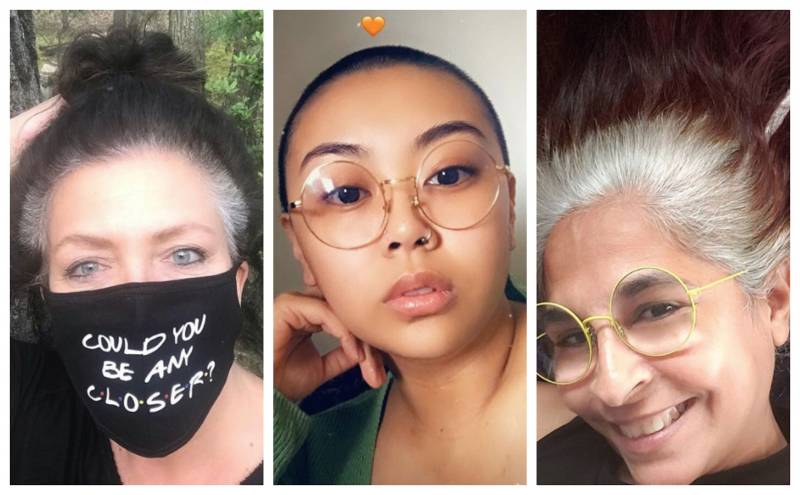L
ast week, during a visit to the post office (snail mail has provided new realms of joy during shelter in place), I was approached by a woman.
“Hey,” she said in hushed tones from behind her mask. “Who did your hair?”
“No one’s cut it since February, but I do the color myself,” I replied.
 “Damn it!” the woman cursed. “I can’t find a stylist willing to break the rules. I thought you might know one. Last week, I got so desperate, I had my sister-in-law do my roots and she used too much bleach and now my hair is breaking off. Look!”
“Damn it!” the woman cursed. “I can’t find a stylist willing to break the rules. I thought you might know one. Last week, I got so desperate, I had my sister-in-law do my roots and she used too much bleach and now my hair is breaking off. Look!”
For anyone with a regular beauty routine that requires the assistance of paid professionals, coronavirus-related salon and spa closures have demanded new levels of personal creativity. And for those who can’t access their usual products and services, living with what God and DNA naturally gave us has simply become a requirement of the new normal.
In the middle of a global pandemic and a movement for racial justice, even thinking about beauty can feel shamefully frivolous. After all, no one wants to be Karen at the rally holding up an “I NEED A HAIRCUT” sign. (Except for, you know, all of the Karens that actually did that.) Unfortunately, for most of the last century, women have been bombarded with messaging that tells them their beauty and worth are inextricably interwoven. That messaging can be a challenge to shake off, even in a crisis.


